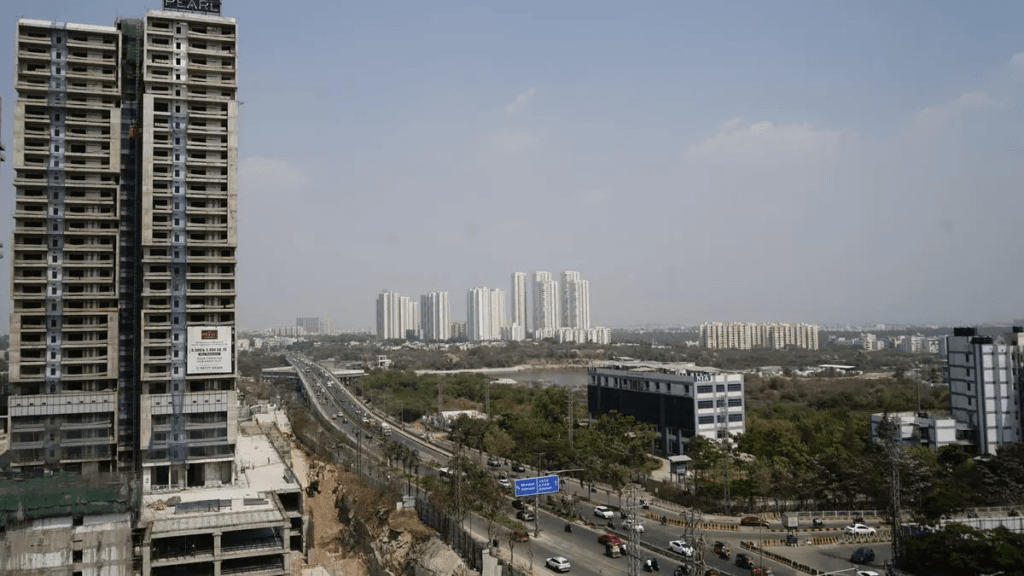
India’s Real Estate Sector Defies Market Uncertainty
In the face of global economic slowdown, inflationary pressures, and a visible decline in foreign institutional investment (FII), India’s real estate sector has shown surprising resilience. The momentum in the industry is now being led by strong domestic capital, which has filled the vacuum left by FIIs, driving growth across residential, commercial, and alternative asset segments.
Strong Domestic Investment Fuels Growth
While FIIs have pulled back due to macroeconomic volatility, local high-net-worth individuals (HNIs), family offices, real estate investment trusts (REITs), and domestic institutional investors have stepped in, ensuring liquidity in the sector.
According to recent industry data, private equity inflows from domestic players have grown over 30% year-on-year, indicating rising confidence in real estate as a stable long-term asset.
Key growth enablers include:
- Strong end-user demand in residential real estate
- Infrastructure and metro-led development in Tier-1 and Tier-2 cities
- Stable interest rates and improved lending environment
- Shift in investment preference from equity markets to tangible assets
Residential Sector Leads the Momentum
The housing segment continues to perform robustly with demand remaining high for mid-income and luxury segments alike. Builders are reporting record pre-sales, even as prices climb steadily in key micro-markets across Mumbai, Pune, Hyderabad, and Bengaluru.
Affordable housing demand is also seeing recovery, supported by state-level subsidies, CLSS benefits, and PMAY extensions.
Commercial and Alternate Real Estate Stay Resilient
India’s commercial real estate market has stayed strong despite global headwinds, with domestic capital backing:
- Grade A office spaces in metro cities
- Co-working and managed office solutions
- Warehousing and logistics hubs driven by e-commerce
- Data centers and fractional ownership models
Domestic REITs have also helped channel public participation into commercial real estate, bringing in more retail and institutional participation locally.
FII Pullback Less Impactful Than Expected
Although FIIs have been net sellers in the Indian equities and debt market segments, their retreat from real estate has not led to distress. Instead, it has allowed domestic capital to emerge as a major stabilizing force, showing maturity and depth in India’s capital markets.
Industry experts suggest that this trend reflects a shift toward long-term strategic capital, which is better aligned with real estate’s gestation cycle.
Policy Reforms and Digital Shift Support Sector Strength
Government initiatives such as RERA enforcement, GST compliance, digitization of land records, and single-window clearance systems have boosted transparency and investor confidence. Additionally, the increased adoption of technology in property transactions, project launches, and virtual site tours has made the sector more investor-friendly.
Conclusion
Despite global turbulence and a slowdown in FII flows, the Indian real estate sector continues to expand, driven by domestic investors who see long-term value in property markets. With improved policy support, rising urbanization, and stable end-user demand, the sector is positioned to grow sustainably in the coming quarters.
Domestic capital is no longer just a filler—it’s now a driving force shaping the future of Indian real estate.

